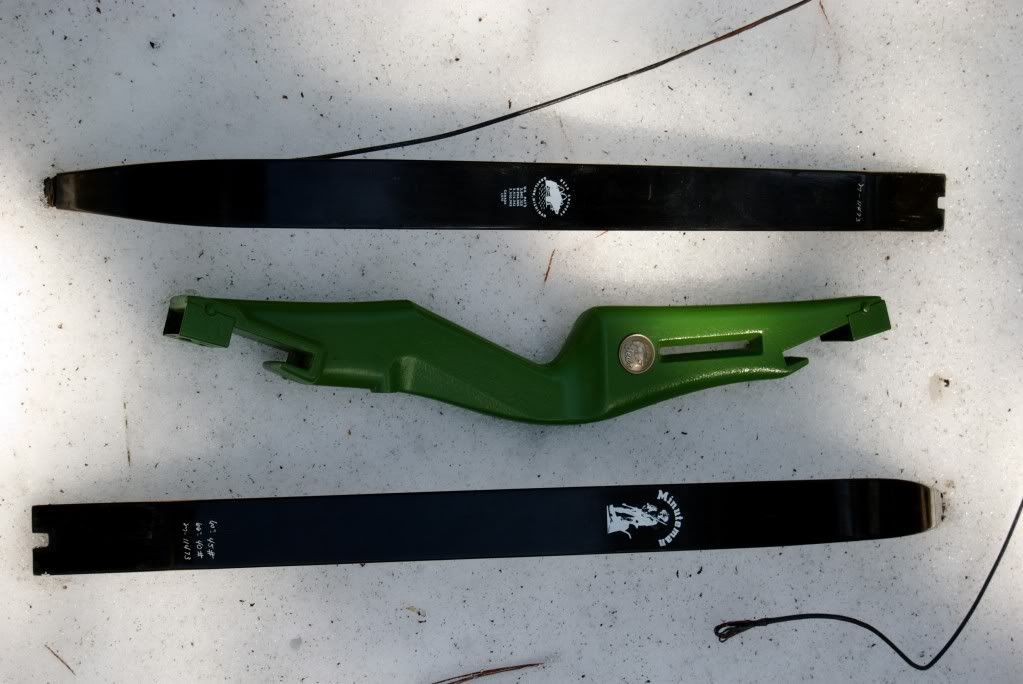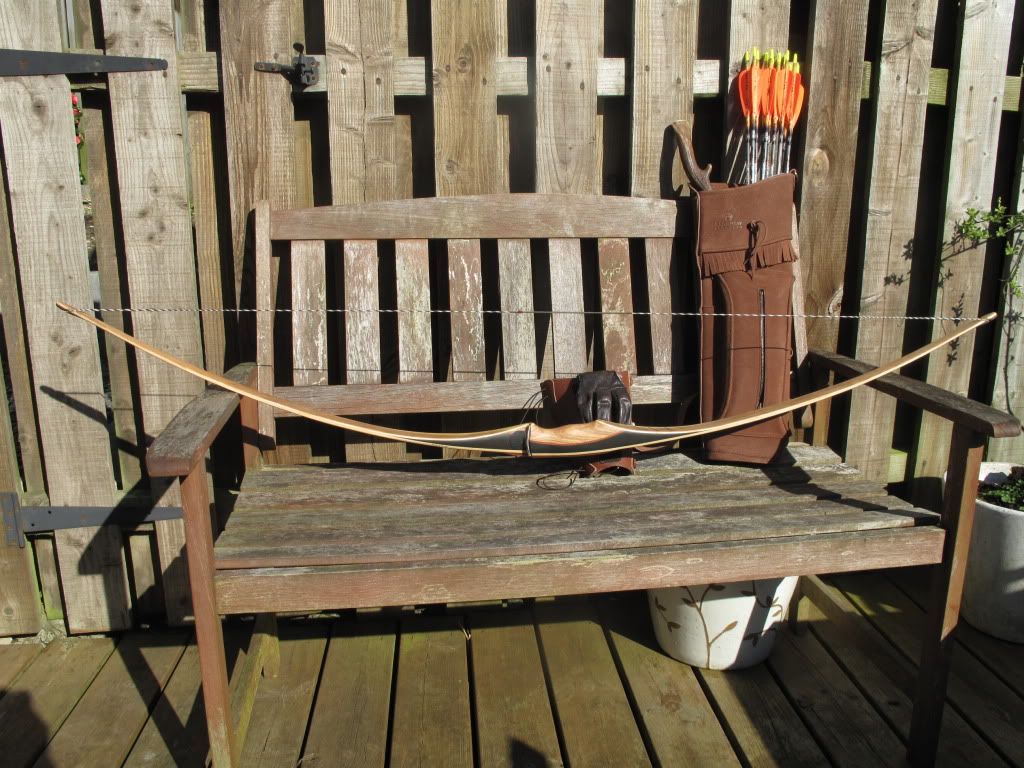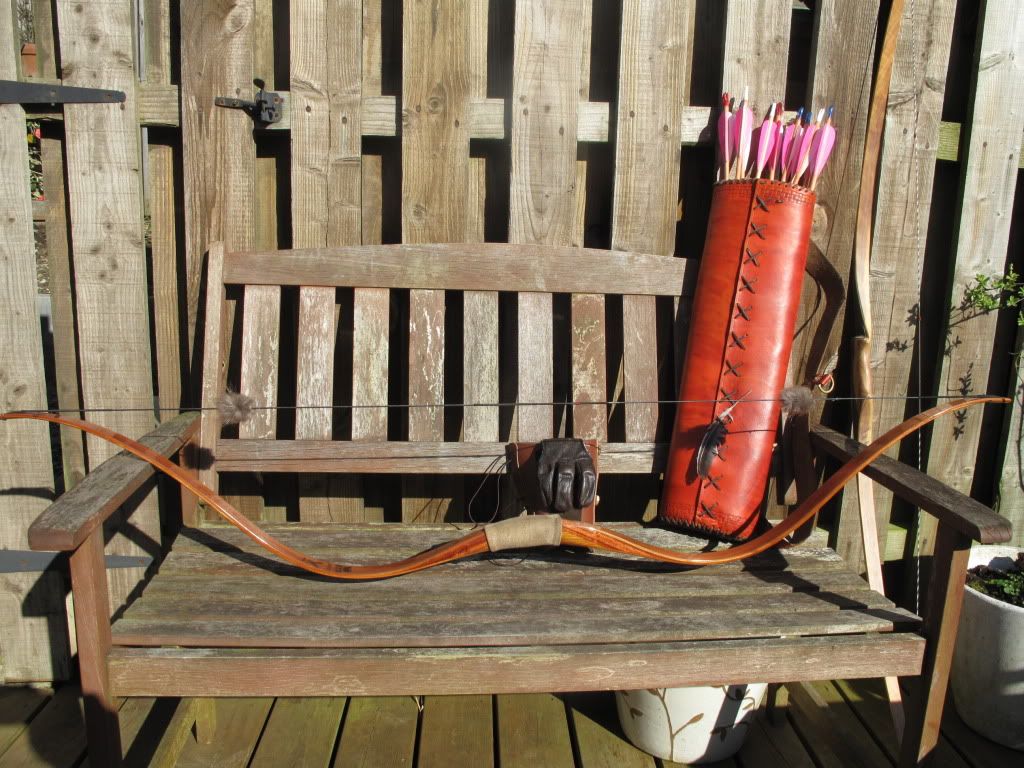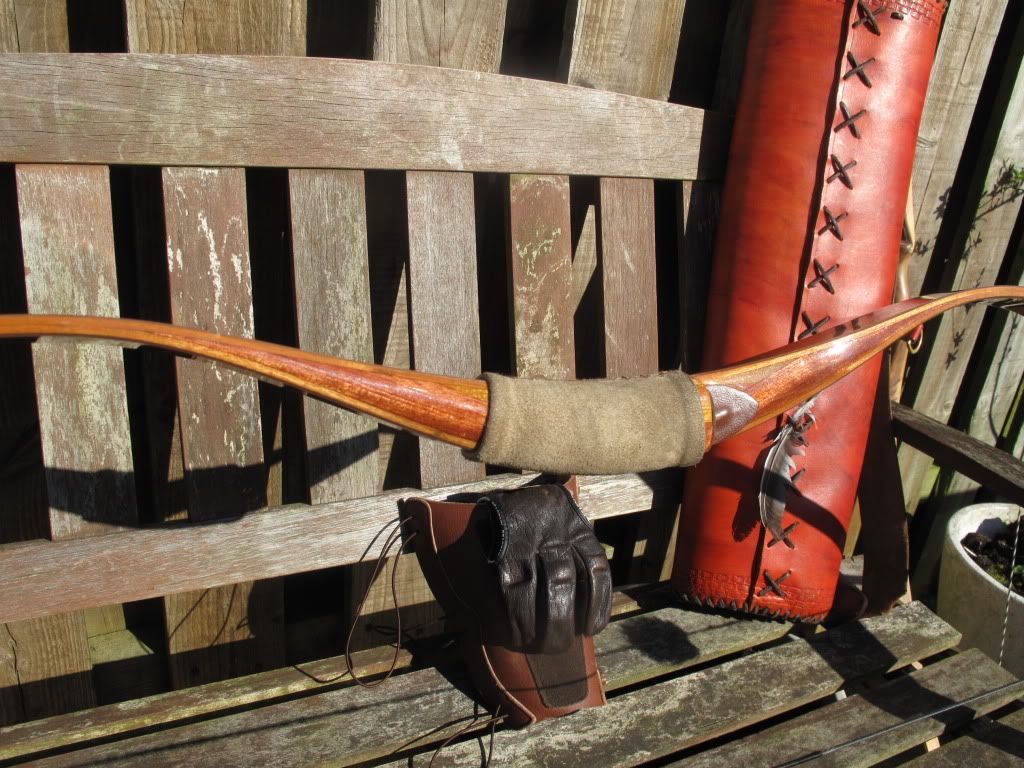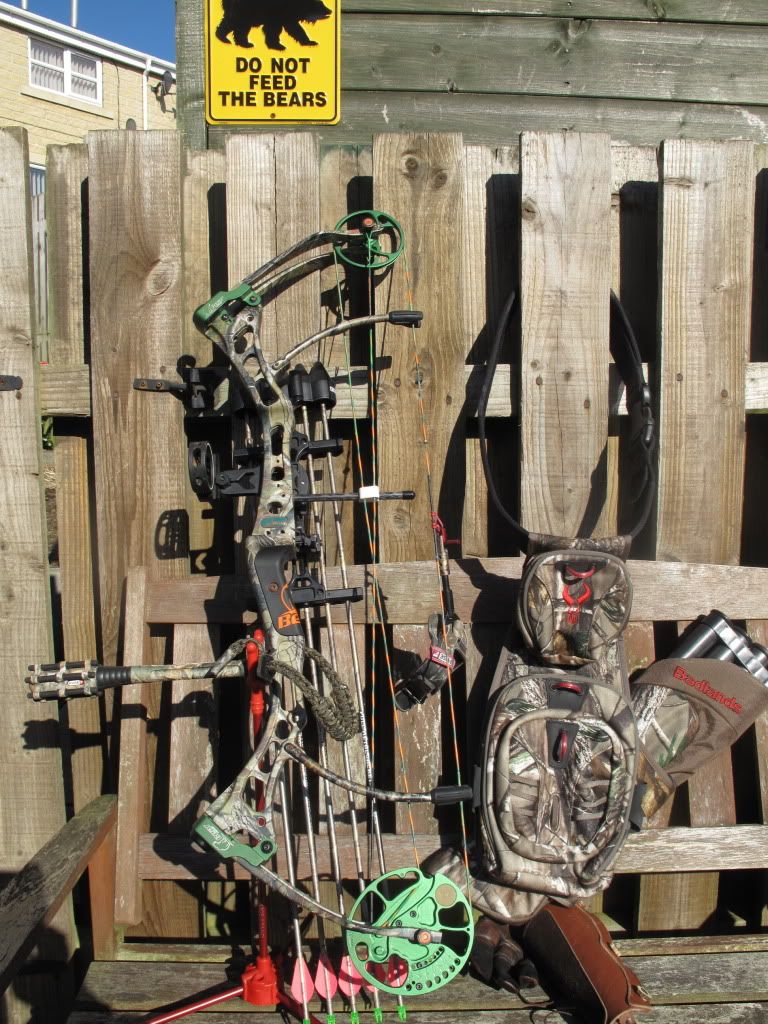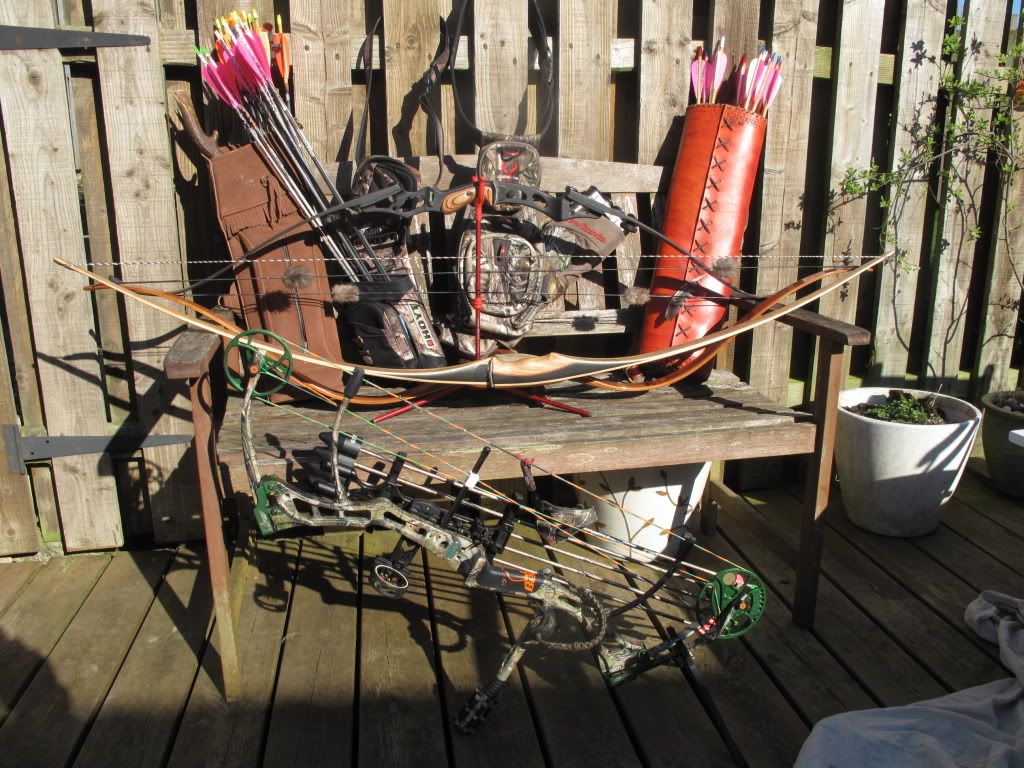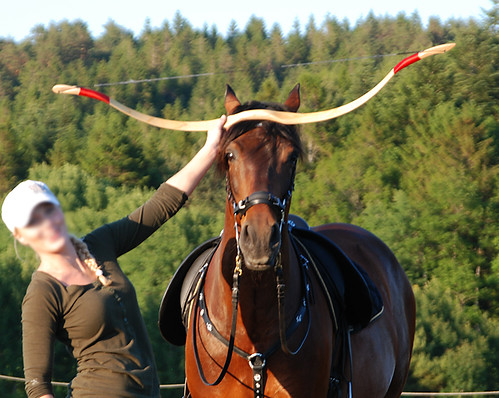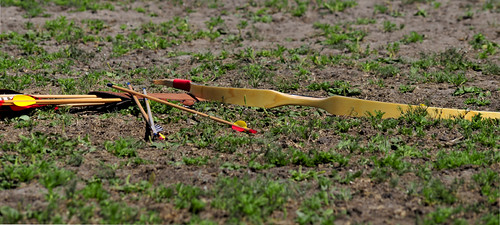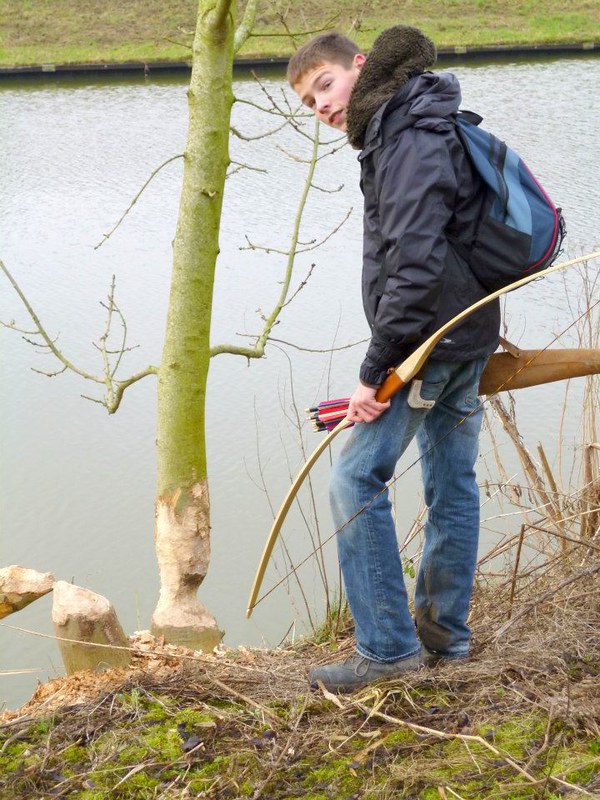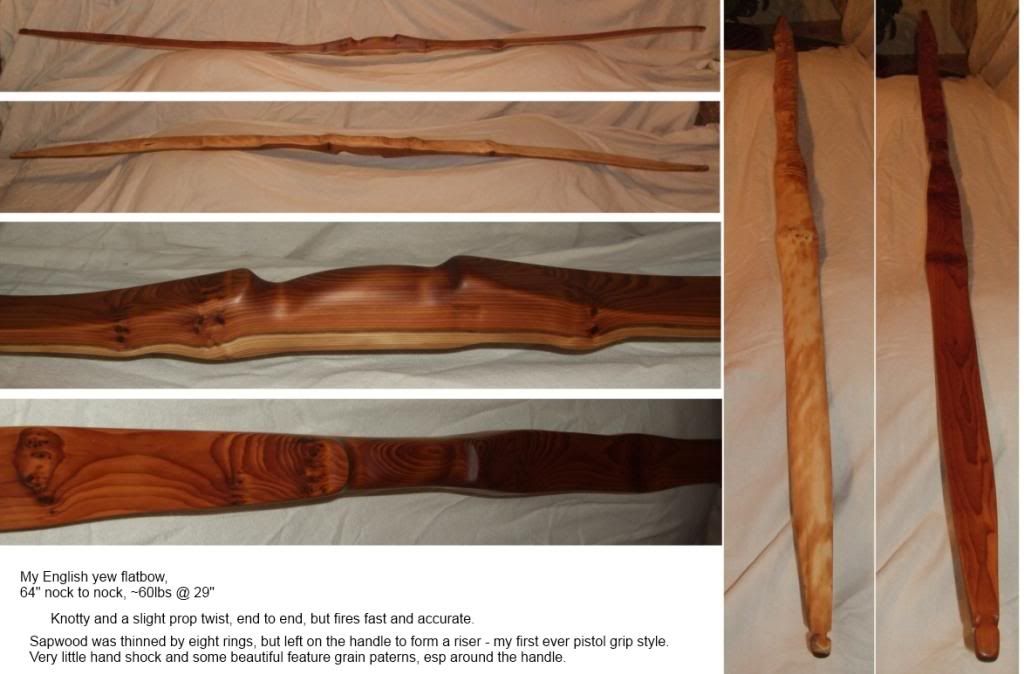I do a lot of selfbows as well, in timber I cut and season myself. My favourite UK bow woods are Laburnum (leave the sapwood on and use like you would Yew) and Wych Elm, with Dogwood, Ash, Walnut, Sycamore and others also readily available.
I bought my Lemonwood about 20 years or so ago from a hardwood importer who was holding a bankruptcy sale. I got half a dozen substantial planks and two of them had old-fashioned importers wax labels on them, and one of them was dated 1910 !
Most areas have a specialist hardwood importer/dealer if you look hard enough. Here in the North East you could try Hexhamshire Hardwoods or John Boddys. Both regularly stock Greenheart, Purpleheart, Ipe, Lemowood and Hickory, among others.
Similar suppliers are dotted all over the UK, and if you look for high-end decking suppliers they will usually stock Ipe decking boards. Don't go for thick pieces of Ipe - it is so dense that very little is required to make a big bow. A 1 and 1/18" wide by 3/4" thick piece of Ipe with a 1/8" or 1/4" Hickory backing strip will make a very, very heavy bow if you do it right, and don't forget that if you glue in any reflex or deflex/reflex you effectively massively increase the draw weight from the same materials.
I have a Hickory backed Ipe 62" "bunny bow" in progress at present which is 5mm thick Hickory backing on just over 1/2" thick Ipe. It feels like a little twig, but it pulls just under 50lb @ 30" at the moment. All I'm getting at is if you can source Ipe then don't buy it in thick pieces. I intend making a D longbow in a few weeks with very lightly reflexed tips and it will have a 1/8" Hickory backing over 3/4" thick Ipe at the grip, around an inch wide at the widest point with a straight taper to 3/8" tips, which should easily give me 55 - 65lb draw weight.
If you cut any reasonably straight UK hardwoods you can cut the timber into more manageable sizes, say, 1 and 1/14" square (for D section longbows - wider if you want to make a Meare Heath or similar flatbow) and if you follow the grain, even if it wanders slightly, you can always clamp or strap the green wood to 4 x 4 posts or steel scaffolding bars or similar to force it to dry straight. If you leave your timber unsplit or uncut, it takes longer to season and can suffer from cracking a lot more, but if you take the wood down closer to bow dimensions and seal the back with PVA glue, it is thin enough to clamp into straight, reflexed or deflex/reflex profiles and once it has mostly dried (which will only take a few weeks because of the smaller dimensions involved) it will hold that shape.
It's a great away of taking timber that wanders a little and making it as straight as you want it. I did this last year with some less than perfect Yew, Walnut and Hophornbeam and the resulting staves now offer me a choice of wheather to make selfbows or back them as laminates, but before clamping for seasoning I'd have thrown over half the timber away as unsuitable.
Think outside the box a little - you can achieve a lot with very little.
My tools, incidentally, are two small axes, a Nicholson rasp, a draw knife and three cabinet scrapers I use a chainsaw file for filing in the nocks and if you add a few sheets of good sandpaper in various grits and some good sealing oil (Danish or Tru-Oil are my favourites) then you're golden

You could try Flybow
http://www.flybowshop.com/ for infrequent purchases of individual backing strips, or have a look for oriental garden centres for various bamboos. Be advised that bamboo is a bit of a pain to process and prepare, and that not all types make good backings. If you buy Hickory and have it sawn into 1/8", 3/16" or 1/4" thick strips, all you usually need to do is sand out any leftover saw marks and use as is (provided you had it cut with the grain correctly oriented). Aslo be advised that most folks use far too thick a Hickory backing, and Hickory can often overpower some belly woods. A 1/8" or 3/16" backing is more then enough unless you want to go into seriously heavy draw weights.
I'll lie down now, before I hurt myself

 I have to try laminates soon but where do you get the lumber or staves in the uk?
I have to try laminates soon but where do you get the lumber or staves in the uk? 





